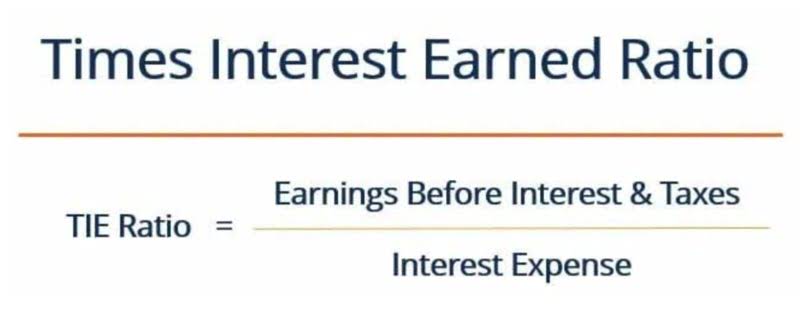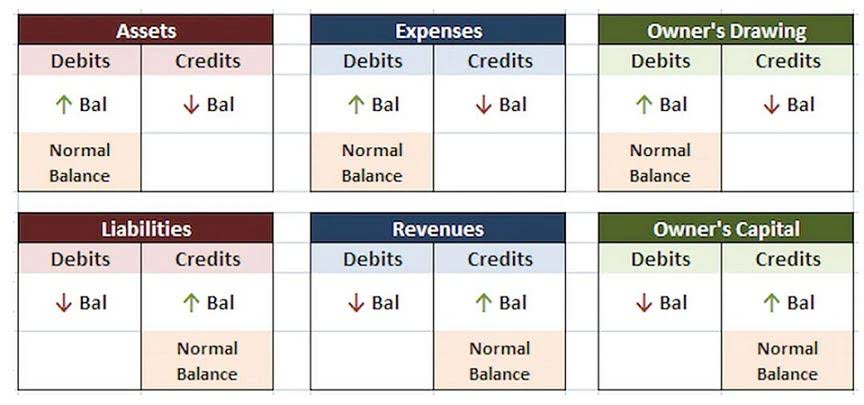
These costs include both fixed costs such as electricity and raw materials, and variable costs such as direct labor. Accurately calculating total manufacturing https://www.bookstime.com/articles/posting-in-accounting costs is essential for profitability. By using the total manufacturing cost formula, you can monitor material, labor, and overhead costs effectively.
How can the cost of production be calculated?

The cost of production refers to the total expenses incurred by a firm to produce goods and services. This includes all the costs related to acquiring raw materials, labor, equipment, and other resources that go into the manufacturing process. By understanding the cost of production, businesses can effectively manage their resources, optimize their production processes, and make informed decisions to maximize profitability. In this article, we will dive deeper into the various aspects of the cost of production, including its definition, formula, types, and factors that influence it. The total cost formula is used to derive the combined variable costs and fixed costs of a batch of goods or services.
Understanding Production Cost in Microeconomics

Product costs are those that a business cannot do without as the expenses included are necessary ones. Calculating these costs helps businesses know the total costs they have to bear while producing a particular quantity of products. In the above graph, X-axis represents the Units of Output and Y-axis represents the Variable Cost. TVC is the total variable cost curve formed by plotting the points in the above schedule.
Formula of Cost of Production
Understanding the total cost of production allows a company to gain a better understanding of its profitability and efficiency. This can help a company decide whether to rethink its pricing strategy, cut costs, or take other steps to increase profitability. This includes direct costs such as raw materials and labor, as well as indirect costs like overhead. What is more, making pricing strategies dependent on the total cost of production can be a risk as prices e.g., raw materials can change in unpredictable ways.
What is the difference between direct cost and indirect cost?

Since the cost of production is fundamental to any business, it is necessary to learn how to manage these costs from time to time. An increase in taxes can increase the cost of raw materials or transportation charges, which in turn can increase production costs. However, a relaxation in levied taxes can help reduce the cost of production, as less taxes will be paid to acquire raw materials. For instance, the cost of production in a manufacturing industry includes the cost of raw materials and labour.
Forecasting just got easier, no matter what accounting software you use
- Knowing these costs directly influences pricing strategies, inventory management, budgeting, and financial planning.
- It allows management to evaluate the efficiency of production processes, identify cost-saving opportunities, and implement strategies to improve profitability.
- By categorizing costs into fixed, variable, total, average, and marginal costs, firms can determine the most cost-effective ways to produce at various levels of output.
- Calculate direct and indirect costs to improve pricing, limit expenses, and boost profits.
- The total-cost formula allocates all the costs your business has endured throughout a specific period for the goods or services you have put on sale.
This insight into underlying costs can lead to better pricing, more efficient operations, and ultimately higher profits. It is calculated by dividing the total cost by the number of units produced. Calculating the cost of goods manufactured helps businesses determine the total cost incurred in producing goods ready for sale, aiding in pricing decisions and financial reporting.
- This, in turn, leads to increased efficiency and cost-effectiveness, paving the way for higher profitability and sustainable growth.
- Build effective supplier relationships to ensure that you get the direct materials you need when you need them.
- Prepare to unravel the formulae and applications involved to effectively calculate total costs.
- For example, if you use 100 units of material that costs $5 each, the total cost for that material is $500.
- Usually, the total fixed cost doesn’t change, and as such, the change in average total cost is primarily driven by the change in average variable cost.
Can the Production Cost Formula help in price setting?

The cost of production is a fundamental concept in economics that helps businesses. By categorizing costs into fixed, variable, total, average, and marginal costs, firms can determine the most cost-effective ways to produce at various levels of output. Additionally, the factors that influence production costs, such as input prices, technology, labor productivity, and government policies, are crucial for firms to consider when making production decisions. Certified Public Accountant It is vital to understand the concept of minimum average total cost formula since it helps a production manager to figure out till what level the production can be increased profitably.
Payroll legislation changes 2025: What businesses must know
Indirect costs, also known as overhead costs, are expenses that are not directly attributable to a specific product, service, or cost centre. These costs support the overall operation of the business and are incurred for the benefit of multiple activities or departments. Fixed costs are expenses that do not vary with the level of production or sales within a certain range.

- It reduces the total cost of production by establishing smarter ways of working, reducing downtime, and ensuring cost-effective inventory management for manufacturing stock.
- It is calculated by dividing the total cost by the number of units produced.
- Understanding and applying the total cost formula effectively is critical for business strategy, budgeting, pricing concepts, and profitability evaluation.
- You can keep an eye on the total cost over time to see if e.g. your pricing strategy needs reviewing.
- To further refine this analysis, economists often delve into the marginal costs.
Cost of production directly affects supply as it affects the profit margin and therefore the quantity of the product that the firms decide to sell in the market. To truly comprehend the application of the cost of production formula, let’s explore a couple of real-world examples. In a scenario of perfect competition, firms do not have any total production cost formula market power. They cannot influence the price in the market by altering the quantities they produce. Resultantly, the marginal revenue they receive from each extra unit sold equals the market price. The more input a firm adds to the production processes, the higher its revenues and profits will be.

